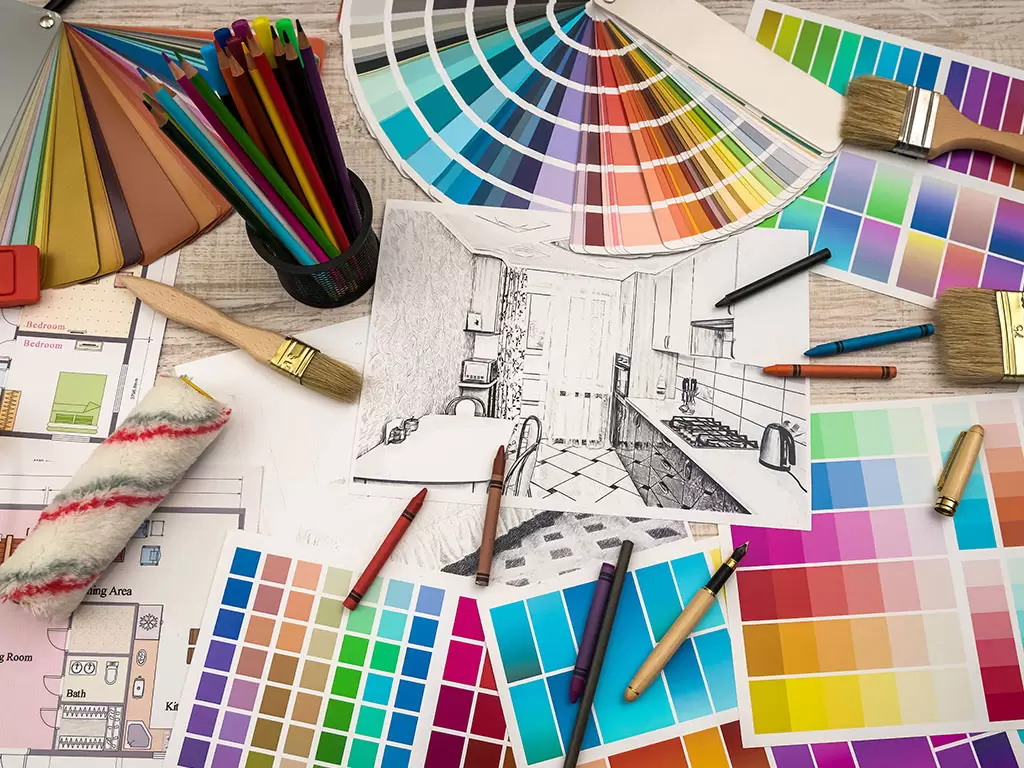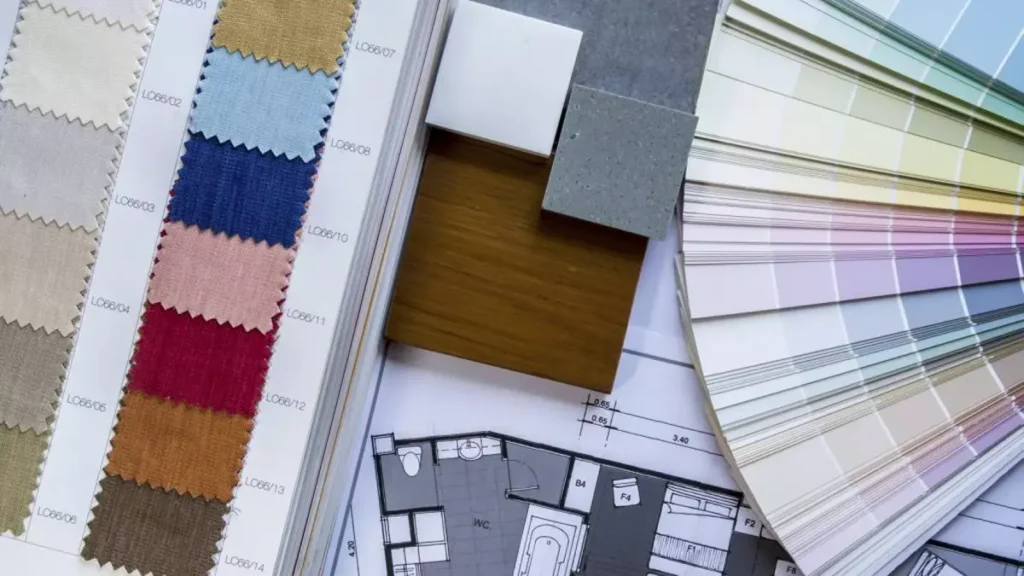When it comes to designing the interiors of a space, there are many factors to consider. One of the most crucial elements of interior design is color. The right colors can transform a space and create the desired ambiance.
In recent years, 3D rendering services have become increasingly popular for interior design, and color psychology plays a vital role in creating realistic and appealing visualizations.
What is Color Psychology?

Source: pgpaper.com
Color psychology is the study of how colors affect human behavior, emotions, and moods. Different colors can elicit different emotional responses from individuals, and this knowledge is applied in various fields, including marketing, branding, and interior design. By using the right hues in interior design, designers can influence the mood and behavior of those who occupy the space.
The Importance of Color Psychology in 3D Rendering Services
3D rendering services have become increasingly popular in recent years, especially in interior design. One of the main reasons for this is the ability to create photorealistic visualizations of a space before it is built. This allows designers and clients to see how the space will look and make any necessary changes before the construction process begins.
Color plays a vital role in creating realistic visualizations in 3D rendering services. By understanding color psychology, designers can use the right colors to create a realistic and appealing space. For example, warm colors such as red, orange, and yellow can create a sense of warmth and coziness, while cool colors such as blue and green can create a calming and relaxing atmosphere.
Color Psychology in Interior Design

Source: signaturedesigncreations.com
Color psychology is crucial in interior design as it helps designers create a specific ambiance that suits the purpose of the space. Here are some examples of how colors can be used in interior design:
- Red ─ Red is a bold and intense color that can create a sense of passion and energy. It is often used in dining rooms to stimulate appetite and conversation.
- Yellow ─ Yellow is a bright and cheerful color that can create a sense of happiness and optimism. It is often used in kitchens and dining rooms to create a welcoming atmosphere.
- Blue ─ Blue is a calming color that can create a sense of relaxation and tranquility. It is often used in bedrooms and bathrooms to promote rest and relaxation.
- Green ─ Green is a refreshing color that can create a sense of balance and harmony. It is often used in living rooms and offices to create a calming atmosphere.
- Orange ─ Orange is a warm and energetic hue that is often associated with excitement and enthusiasm. It can also stimulate the appetite, which is why it’s often used in restaurants. However, too much orange can be overwhelming, so it’s important to use it in moderation.
- Pink ─ Pink is a soft and feminine color that is often associated with love and romance. It can also promote feelings of calmness and relaxation, which is why it’s often used in bedrooms and bathrooms. However, too much pink can be overly sweet and cloying, so it’s important to balance it with other tints.
Neutrals
Neutral tints like white, gray, and beige are often used in interior design as a way to balance out brighter colors. They can create a sense of calmness and tranquility, which is why they’re often used in living rooms and bedrooms. However, too much neutral shades can be boring and uninspiring, so it’s important to add pops of color to keep the space interesting.
How to use it effectively
Now that we’ve explored the impact of color psychology in an interior design rendering, let’s talk about how to use it effectively. When designing a space, it’s important to consider the mood and atmosphere you want to create, and then choose hues that support that mood.
For example, if you’re designing a bedroom, you may want to create a calming and relaxing atmosphere. You could use shades of blue and green, which are known for their calming effects. You could also add some warm neutrals, like beige or gray, to balance out the cool tones.
On the other hand, if you’re designing a restaurant, you may want to create an energetic and exciting atmosphere. You could use shades of red and orange, which are known for their stimulating effects. You could also add some warm neutrals, like wood or leather, to balance out the bright colors.
When using color psychology in an interior design rendering, it’s important to remember that less is often more. Using too many hues can be overwhelming and chaotic while using too few tins can be boring and uninspiring. It’s all about finding the right balance to create a space that is visually appealing and emotionally engaging.
Tools for Color Psychology in Interior Design Rendering

Source: foyr.com
There are several tools that designers can use to help them choose the right colors for their interior design renderings. One of the most popular tools is the color wheel, which shows the relationships between hues and how they can be combined to create different moods and atmospheres.
Another helpful tool is software, which allows designers to input the colors they want to use and then provides information on their psychological effects. This can be particularly helpful for designers who are new to color psychology and want some guidance on how to use it effectively.
Finally, it’s important to remember that color psychology is not an exact science. Different people may have different emotional reactions to the same shade, based on their personal experiences and cultural backgrounds. This is why it’s important to use color psychology as a general guideline, rather than a hard and fast rule.
Conclusion
Color psychology is an essential aspect of interior design, and it plays a crucial role in creating photorealistic visualizations in 3D rendering services. By using the right hues, designers can create a specific ambiance that suits the purpose of the space.

















